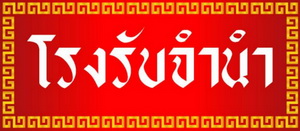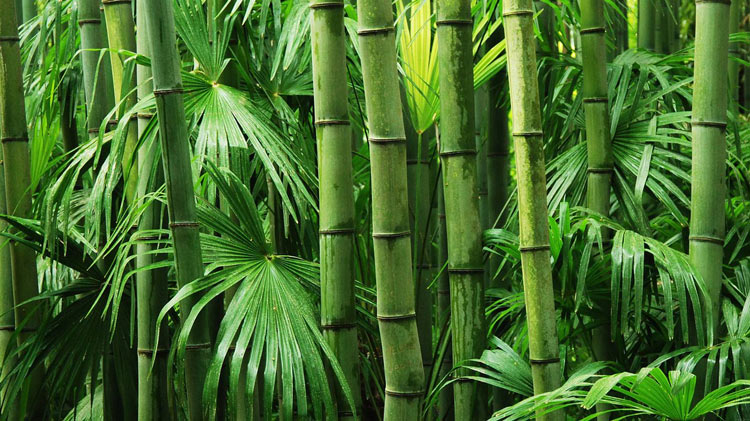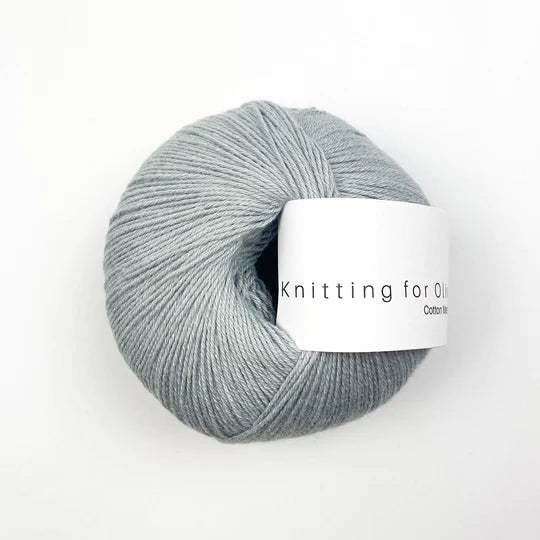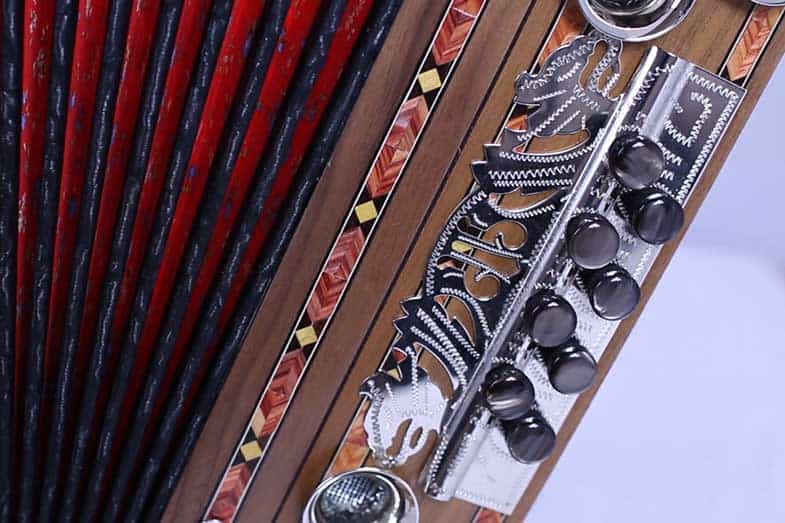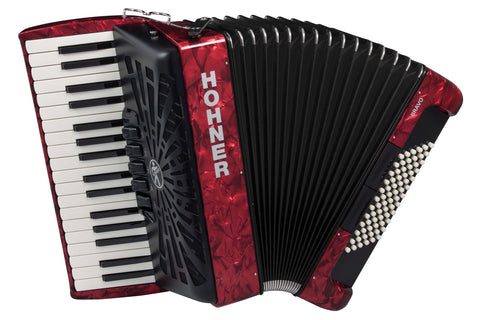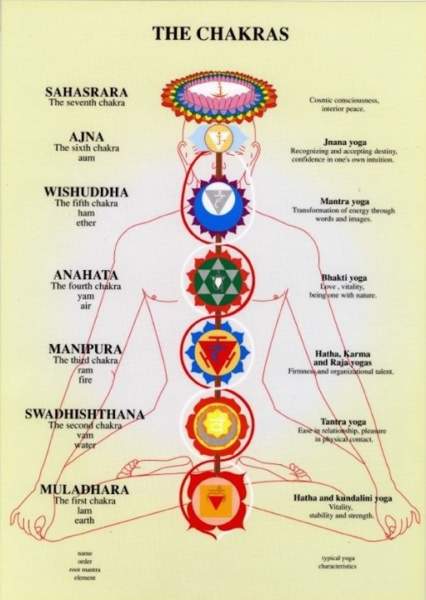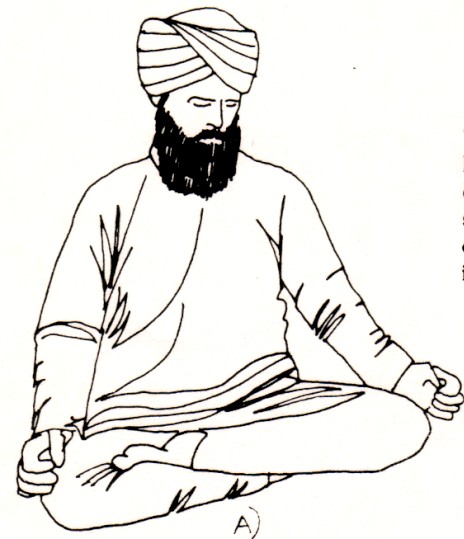1
จำนำสินค้า ซื้อ-ขาย ตั๋วจำนำและสินค้าหลุดจำนำ / Free Facts On Selecting Merino Clothing
« เมื่อ: พฤศจิกายน 18, 2023, 03:37:07 am »
Why Is Yak Merino A Good Base Layer For Winter Sportswear?
The natural fibers as well as the environmental sustainability of Yak Merino Wool Base Layers makes them a great choice for winter sports clothes.
Both yak wool and merino fleece are made from natural fibers derived from animals. Renewable resources are harvested sustainably without causing harm to animals. The fibers are biodegradable that means they are not harmful to the environment.
Low Environmental Impact
Natural fibers typically have less environmental impact than synthetic fibers. Wool is manufactured using fewer chemicals than synthetic fibers and requires less energy that is not renewable.
Energy Efficiency
The manufacturing of synthetic fibres such polyester or nylon takes more energy. Natural wool production is energy efficient, which results in less carbon emissions.
Reduced Microplastic Pollution
Wool fibers have less impact on microplastic contamination in the water than synthetic fibers. Synthetic fibers shed microplastics while being washed.
Recyclability and Longevity
Yak merino wool garments are generally durable and last a long time and can last for a longer time, which extends their life. Wool fibers can also be repurposed or recycled, which reduces consumption.
Sustainable Practices
Wool producers and manufactures adhere to ethical, sustainable practices. They adhere to the welfare of animals, land management which is accountable and fair working conditions for laborers involved in the chain of production.
Environmental Certification-
Certifications such as the Responsible Wool Standard (RWS) or the Global Organic Textile Standard (GOTS) ensure ethical and environmentally mindful practices in wool production and provide consumers with confidence of the sustainability of wool production.
In general, the base layers made from yak wool merino have a minimal impact on the environment, are manufactured using renewable resources and are based on ethical and sustainable standards throughout their supply chain. The reason is that natural fibers are eco-friendly. Take a look at the recommended merino wool base layers info for site advice including merino wool thermal underwear, merino wool undershirt, best thermal underwear for skiing, merino thermals, ski layers, merino wool base layer mens, best base layer for skiing women's, merino wool long underwear, smartwool base layer sale, base layer moisture wicking and more.

What Are The Benefits To Bamboo Clothing In Relation To Thermal Regulation? Uv Protection. Biodegradability. Environmental Impact.
Thermal RegulationBamboo clothing comes with numerous advantages, such as UV protection, biodegradability and environmental impact.
Insulation - Bamboo fabric is breathable, and also has thermal-regulating properties. It offers warmth in cold temperatures. It helps regulate body temperature by retaining warm temperatures in cooler temperatures as well as providing ventilation during activity to avoid overheating.
UV Protection
UV Resistance- The bamboo fabric offers natural protection against harmful UV radiations. It can provide an additional layer of protection against sun damage by blocking a large amount of UV rays.
Biodegradability-
Biodegradable- Bamboo clothing will break down organically by the end of its lifespan without leaving hazardous leftovers. Additionally, it does not contribute to pollution. This helps to reduce the amount of waste and lessen the environmental impact caused by discarded clothing.
Environmental Impact-
SustainabilityBamboo as a source of materials is very sustainable. It is able to grow quickly and in abundance without the need for pesticides or chemical fertilizers, thus reducing the environmental impact of cultivating it. Fast growth makes it a long-lasting resource.
Bamboo has a lower water requirement when compared to cotton and other crops. This makes it more efficient when it comes to water usage. This can help conserve water and reduces strain on the resources.
Soil Conservation
Soil health- Bamboo cultivation does not remove soil nutrients, and it doesn't require extensive irrigation. This contributes to healthier soil conditions and decreases the necessity for damaging practices in agriculture.
Carbon Sequestration
Bamboos absorb carbon dioxide. They have the ability to absorb more CO2 and release more oxygen into the atmosphere compared to some other plants. This ability can lower carbon dioxide emissions and help combat global warming.
The benefits of bamboo clothing are its thermal control as well as UV protection, and biodegradability. Bamboo is also a good option for those looking for sustainable clothing. These characteristics are in sync with environmentally conscious practices that benefit wearers as well the environment. Check out the top bamboo clothings for website recommendations including bamboo t shirts ladies, bamboo dress socks, bamboo athletic wear, carter's bamboo pajamas, boody bamboo underwear, bamboo trousers mens, bamboo yoga clothing, bamboo under wear, bamboo shorts mens, bamboo sun hoody and more.

What Does Bamboo And Merino Compare To Wool Texture, Heat And Moisture Absorption
The comparison of merino wool to traditional wool and bamboo clothes in terms of texture, warmth and moisture absorption. texture-
Merino Wool Merino Wool's fine and soft fibers makes it soft and more smooth than wool that is traditional. It is frequently thought of as being more comfortable to the skin.
Bamboo Clothing Bamboo fabric has a silky smooth texture. It is often contrasted with luxury materials such as silk or cashmere. The fabric is soft, making it a easy wear.
Traditional Wool - Traditional wool's texture can differ. Some types are coarser and can cause more itchiness than merino clothing or bamboo clothing.
Warmth-
Merino Wolle- Merino fibers are excellent insulation and provide warmth. Even when damp it holds warmth and offers excellent insulation in cold winter conditions.
Bamboo Clothing is also warm, but not as well insulated as merino. It regulates the body's temperature, and also provides the comfort you need in all conditions.
Traditional Wool - Just like merino, traditional wool feels warm and insulation. It can, however, feel bulkier or heavier than bamboo or merino clothing.
Moisture Absorption-
Merino Wool Merino Wool, with its exceptional moisture-wicking capabilities removes moisture from skin and allows it evaporate. It's warm when damp.
Bamboo Clothing- Bamboo fabric is a moisture-wicking fabric, which allows it to draw away moisture from your skin, and offer ease of exercise. It regulates moisture and keeps the wearer dry.
Wool - Traditional wool is a natural fiber that can hold moisture, but does not have moisture-wicking qualities as bamboo or merino. Certain kinds of sheep's hair can feel heavy and damp after being wet.
Summary Merino Wool is renowned for its soft, warm and has excellent water-wicking properties. Bamboo clothing provides a silky smooth texture with adequate moisture and warmth. Traditional wool may have distinct texture, offer warmth and moisture absorption however, they feel coarser or heavier when compared to bamboo or merino clothing. Each type of material has distinctive features that are customized to suit different needs and tastes. Check out the top rated merino winter clothing for website tips including wool thermal base layer, skiing base layers, smartwool base layer sale, merino wool ski base layer, smartwool classic thermal, merino wool thermals, minus 33 base layer, wool long underwear, ll bean merino wool base layer, smartwool 1 4 zip mens and more.
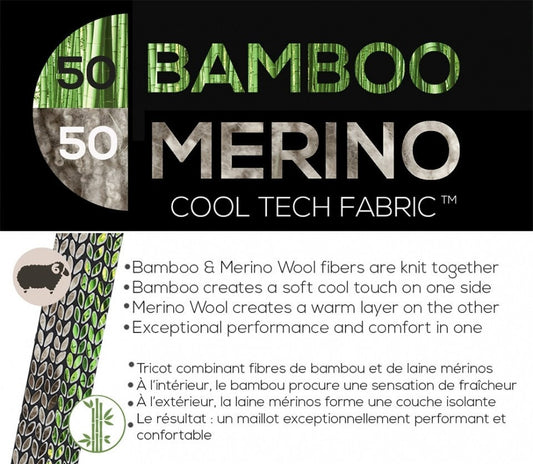
The natural fibers as well as the environmental sustainability of Yak Merino Wool Base Layers makes them a great choice for winter sports clothes.
Both yak wool and merino fleece are made from natural fibers derived from animals. Renewable resources are harvested sustainably without causing harm to animals. The fibers are biodegradable that means they are not harmful to the environment.
Low Environmental Impact
Natural fibers typically have less environmental impact than synthetic fibers. Wool is manufactured using fewer chemicals than synthetic fibers and requires less energy that is not renewable.
Energy Efficiency
The manufacturing of synthetic fibres such polyester or nylon takes more energy. Natural wool production is energy efficient, which results in less carbon emissions.
Reduced Microplastic Pollution
Wool fibers have less impact on microplastic contamination in the water than synthetic fibers. Synthetic fibers shed microplastics while being washed.
Recyclability and Longevity
Yak merino wool garments are generally durable and last a long time and can last for a longer time, which extends their life. Wool fibers can also be repurposed or recycled, which reduces consumption.
Sustainable Practices
Wool producers and manufactures adhere to ethical, sustainable practices. They adhere to the welfare of animals, land management which is accountable and fair working conditions for laborers involved in the chain of production.
Environmental Certification-
Certifications such as the Responsible Wool Standard (RWS) or the Global Organic Textile Standard (GOTS) ensure ethical and environmentally mindful practices in wool production and provide consumers with confidence of the sustainability of wool production.
In general, the base layers made from yak wool merino have a minimal impact on the environment, are manufactured using renewable resources and are based on ethical and sustainable standards throughout their supply chain. The reason is that natural fibers are eco-friendly. Take a look at the recommended merino wool base layers info for site advice including merino wool thermal underwear, merino wool undershirt, best thermal underwear for skiing, merino thermals, ski layers, merino wool base layer mens, best base layer for skiing women's, merino wool long underwear, smartwool base layer sale, base layer moisture wicking and more.

What Are The Benefits To Bamboo Clothing In Relation To Thermal Regulation? Uv Protection. Biodegradability. Environmental Impact.
Thermal RegulationBamboo clothing comes with numerous advantages, such as UV protection, biodegradability and environmental impact.
Insulation - Bamboo fabric is breathable, and also has thermal-regulating properties. It offers warmth in cold temperatures. It helps regulate body temperature by retaining warm temperatures in cooler temperatures as well as providing ventilation during activity to avoid overheating.
UV Protection
UV Resistance- The bamboo fabric offers natural protection against harmful UV radiations. It can provide an additional layer of protection against sun damage by blocking a large amount of UV rays.
Biodegradability-
Biodegradable- Bamboo clothing will break down organically by the end of its lifespan without leaving hazardous leftovers. Additionally, it does not contribute to pollution. This helps to reduce the amount of waste and lessen the environmental impact caused by discarded clothing.
Environmental Impact-
SustainabilityBamboo as a source of materials is very sustainable. It is able to grow quickly and in abundance without the need for pesticides or chemical fertilizers, thus reducing the environmental impact of cultivating it. Fast growth makes it a long-lasting resource.
Bamboo has a lower water requirement when compared to cotton and other crops. This makes it more efficient when it comes to water usage. This can help conserve water and reduces strain on the resources.
Soil Conservation
Soil health- Bamboo cultivation does not remove soil nutrients, and it doesn't require extensive irrigation. This contributes to healthier soil conditions and decreases the necessity for damaging practices in agriculture.
Carbon Sequestration
Bamboos absorb carbon dioxide. They have the ability to absorb more CO2 and release more oxygen into the atmosphere compared to some other plants. This ability can lower carbon dioxide emissions and help combat global warming.
The benefits of bamboo clothing are its thermal control as well as UV protection, and biodegradability. Bamboo is also a good option for those looking for sustainable clothing. These characteristics are in sync with environmentally conscious practices that benefit wearers as well the environment. Check out the top bamboo clothings for website recommendations including bamboo t shirts ladies, bamboo dress socks, bamboo athletic wear, carter's bamboo pajamas, boody bamboo underwear, bamboo trousers mens, bamboo yoga clothing, bamboo under wear, bamboo shorts mens, bamboo sun hoody and more.

What Does Bamboo And Merino Compare To Wool Texture, Heat And Moisture Absorption
The comparison of merino wool to traditional wool and bamboo clothes in terms of texture, warmth and moisture absorption. texture-
Merino Wool Merino Wool's fine and soft fibers makes it soft and more smooth than wool that is traditional. It is frequently thought of as being more comfortable to the skin.
Bamboo Clothing Bamboo fabric has a silky smooth texture. It is often contrasted with luxury materials such as silk or cashmere. The fabric is soft, making it a easy wear.
Traditional Wool - Traditional wool's texture can differ. Some types are coarser and can cause more itchiness than merino clothing or bamboo clothing.
Warmth-
Merino Wolle- Merino fibers are excellent insulation and provide warmth. Even when damp it holds warmth and offers excellent insulation in cold winter conditions.
Bamboo Clothing is also warm, but not as well insulated as merino. It regulates the body's temperature, and also provides the comfort you need in all conditions.
Traditional Wool - Just like merino, traditional wool feels warm and insulation. It can, however, feel bulkier or heavier than bamboo or merino clothing.
Moisture Absorption-
Merino Wool Merino Wool, with its exceptional moisture-wicking capabilities removes moisture from skin and allows it evaporate. It's warm when damp.
Bamboo Clothing- Bamboo fabric is a moisture-wicking fabric, which allows it to draw away moisture from your skin, and offer ease of exercise. It regulates moisture and keeps the wearer dry.
Wool - Traditional wool is a natural fiber that can hold moisture, but does not have moisture-wicking qualities as bamboo or merino. Certain kinds of sheep's hair can feel heavy and damp after being wet.
Summary Merino Wool is renowned for its soft, warm and has excellent water-wicking properties. Bamboo clothing provides a silky smooth texture with adequate moisture and warmth. Traditional wool may have distinct texture, offer warmth and moisture absorption however, they feel coarser or heavier when compared to bamboo or merino clothing. Each type of material has distinctive features that are customized to suit different needs and tastes. Check out the top rated merino winter clothing for website tips including wool thermal base layer, skiing base layers, smartwool base layer sale, merino wool ski base layer, smartwool classic thermal, merino wool thermals, minus 33 base layer, wool long underwear, ll bean merino wool base layer, smartwool 1 4 zip mens and more.

